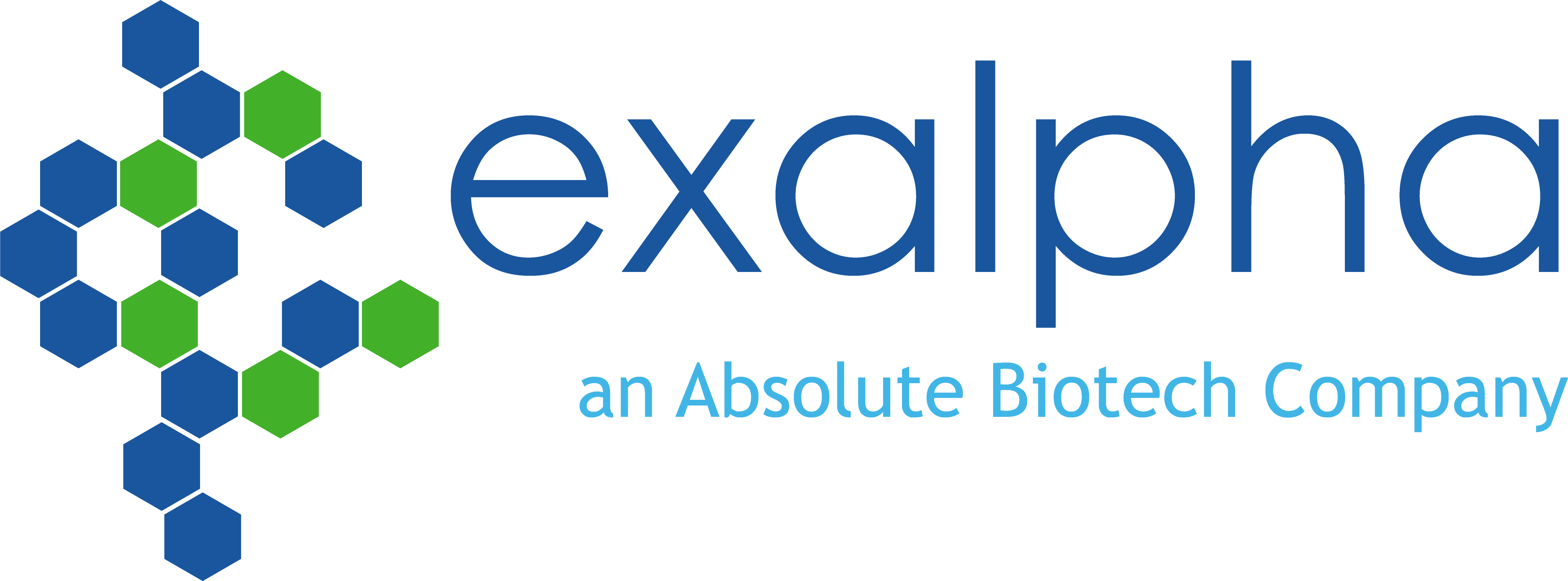Catalogue

Goat anti Human kininogen
Catalog number: GAHu/Kg$470.00
Add To Cart| Clone | Polyclonal |
| Product Type |
Polyclonal Antibody |
| Units | 1 ml |
| Host | Goat |
| Species Reactivity |
Human |
| Application |
Precipitation assays |
Background
The heavy chains in HMWK and LMWK share immunologic determinants, but they have no procoagulant activities. The light chain of HMWK is unique to this molecule and carries the entire procoagulant activity of the molecule. The antiserum does not distinct between different forms of kininogen. The presence of non-precipitating antibodies has not been assayed. If the antiserum is to be used in non-precipitating antibody-binding assays (immunocytochemical, immunohistochemical, solid phase procedures such as ELISA) proper controls should be included. No reaction is obtained with any other plasma protein component or serum In precipitating techniques as immunoelectrophoresis and single or double radial immunodiffusion and electroimmunodiffusion (Laurell), to identify the presence of kininogen in human plasma or other body fluids or to determine its concentration. For electroimmunodiffusion a concentration of 1-2% of antiserum in the gel is recommended.
Source
Human plasma contains at least two distinct forms of kininogen, the carrier molecule of bradykinin, which can be distinguished by their physical, chemical and immunochemical properties. They are designated high-molecular-weight kininogen (HMWK) and low-molecular weight kininogen (LMWK). HMWK (MW 110,000) and LMWK (MW 50,000) both liberate bradykinin following the action of kallikrein. HMWK circulates as a non-enzymatic factor that is central to contact activation reactions. LMWK plays no known role in the activation of coagulation.
Normal adult plasma levels are 7 mg/100 ml for HMWK as determined by electroimmunodiffusion and 9 mg/100 ml based on haemagglutination inhibition assays and RIA. Low plasma kininogen levels are seen in newborn and pre-term infants. HMWK is absent in congenital kininogen deficiency of the named affected families Fitzgerald and Reid; Williams and Flaujeac lack both HMWK and LMWK. The condition is associated with the decreased fibrinolytic activity and kinin formation but is asymptomatic.
Purified kininogen from pooled human plasma is used for the immunization. Freund’s complete adjuvant is used in the first step of the immunization procedure.
Product
Delipidated, heat inactivated, lyophilized, stable whole antiserum No preservative added. Total protein and IgG concentrations in the antiserum are comparable to those of pooled normal goat serum. No foreign proteins added. Recons titute the lyophilized antiserum by adding 1 ml sterile distilled water.
Formulation: Delipidated, heat inactivated, lyophilized, stable whole antiserum No preservative added. Total protein and IgG concentrations in the antiserum are comparable to those of pooled normal goat serum. No foreign proteins added.
Specificity
Precipitating polyclonal Goat antiSerum to Human kininogen
Species Reactivity: The antiSerum does not cross react with any other component of Human plasma. Inter-species crossreactivity is a normal feature of antibodies to plasma proteins since they frequently share antigenic determinants. Cross-reactivity of this antiSerum has not been tested in detail.
Applications
Precipitation assays. For electroimmunodiffusion a concentration of 1-2% of antiserum in the gel is recommended.
Storage
The lyophilized antiserum is shipped at ambient temperature and may be stored at +4°C; prolonged storage at or below -20°C. Dilutions may be prepared by adding phosphate buffered saline (PBS, pH 7.2). Repeated thawing and freezing should be avoided. If a slight precipitation occurs upon storage, this should be removed by centrifugation. It will not affect the performance of the antiserum.
Diluted antiserum should be stored at +4°C, not ref rozen, and preferably used the same day.
Caution
This product is intended FOR RESEARCH USE ONLY, and FOR TESTS IN VITRO, not for use in diagnostic or therapeutic procedures involving humans or animals. It may contain hazardous ingredients. Please refer to the Safety Data Sheets (SDS) for additional information and proper handling procedures. Dispose product remainders according to local regulations.This datasheet is as accurate as reasonably achievable, but our company accepts no liability for any inaccuracies or omissions in this information.
Protein Reference(s)
Database Name: UniProt
Accession Number: P01042
